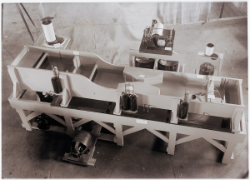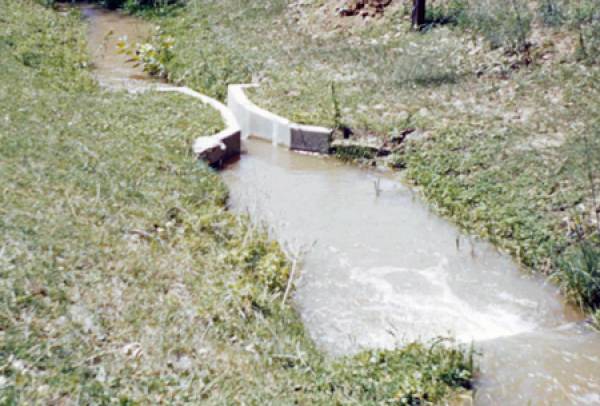This website uses a variety of cookies, which you consent to if you continue to use this site. You can read our Privacy Policy for
details about how these cookies are used, and to grant or withdraw your consent for certain types of cookies.
Difference Between A Parshall Flume and Venturi Flume
 At the turn of the last century, the Venturi flume was one of the few devices available to measure irrigation flows. While popular at the time, the Venturi flume had it problems.
At the turn of the last century, the Venturi flume was one of the few devices available to measure irrigation flows. While popular at the time, the Venturi flume had it problems.
In 1915, the problems led Dr. Ralph Parshall, then of the Soil Conservation Service, to embark upon research to develop a device more suitable to the task. After several years of research, Dr. Parshall introduces what he termed an “Improved Venturi Flume”.
The primary difference between the traditional Venturi Flume and the Improved Venturi (later Parshall) Flume include:
- A reduction of the of the inlet converging angle to reduce flow separation
- Lengthening the throat section to bettered develop the flow
- Reduction of the discharge divergence angle to improve energy recovery and reduce flow separation
- And, most importantly, introducing a drop through the throat (and subsequent partial recovery in the discharge section)
While Venturi flumes are still used in Europe they are almost never used in the United States.
Image: Mountain Scholar
Related Blog Posts
Explore more insights in our blog.

LOCATIONS IN ATLANTA, GA & BOISE, ID




